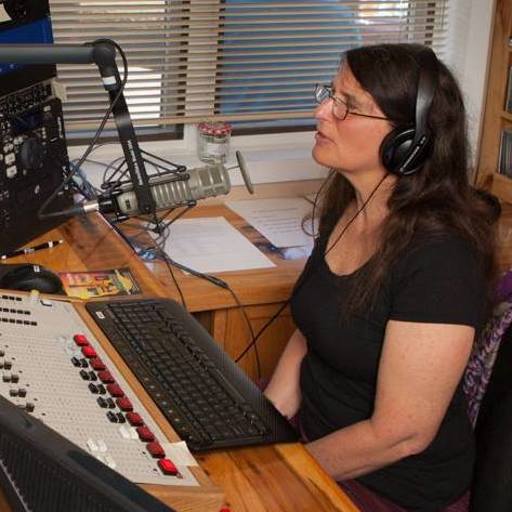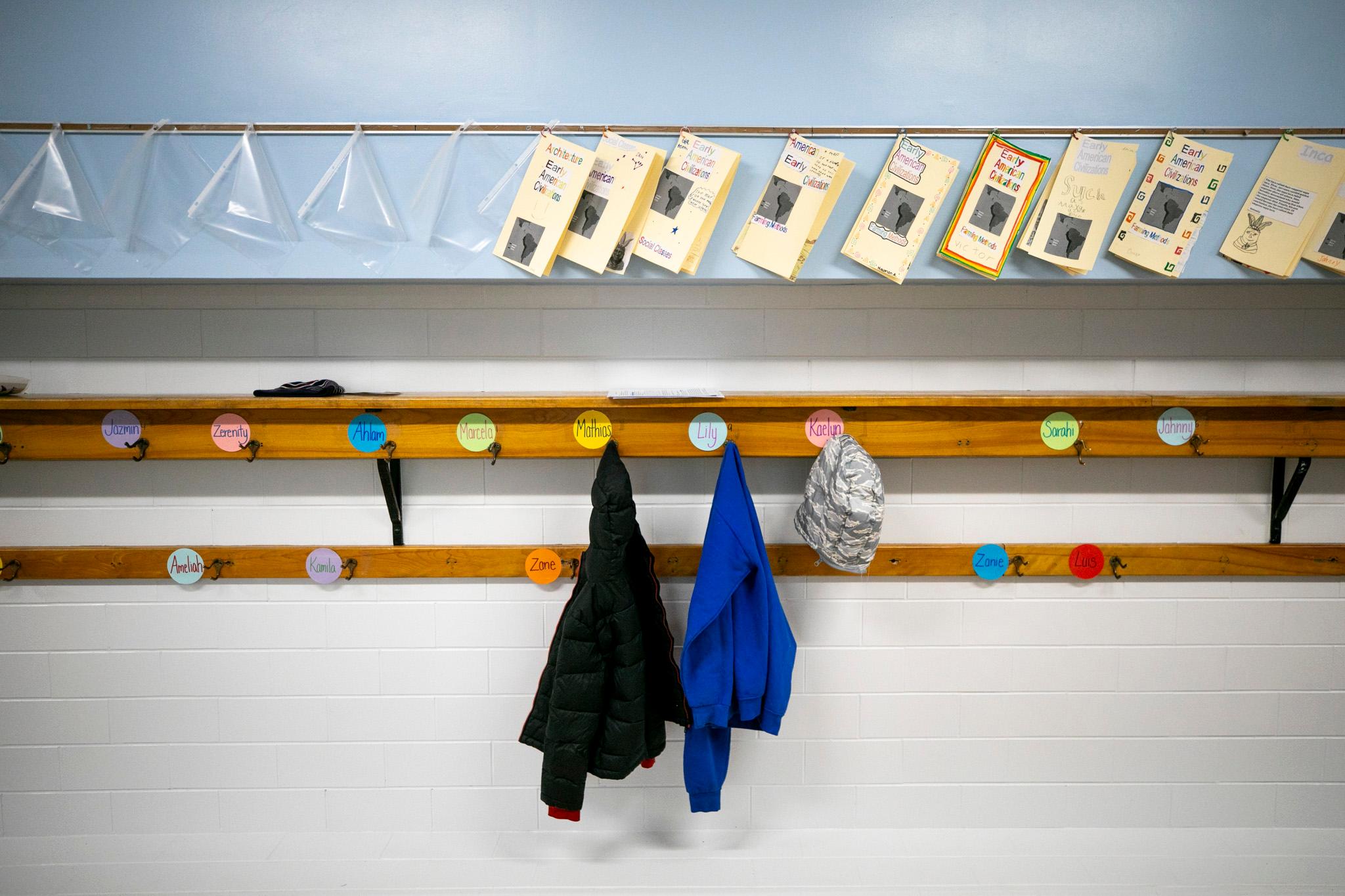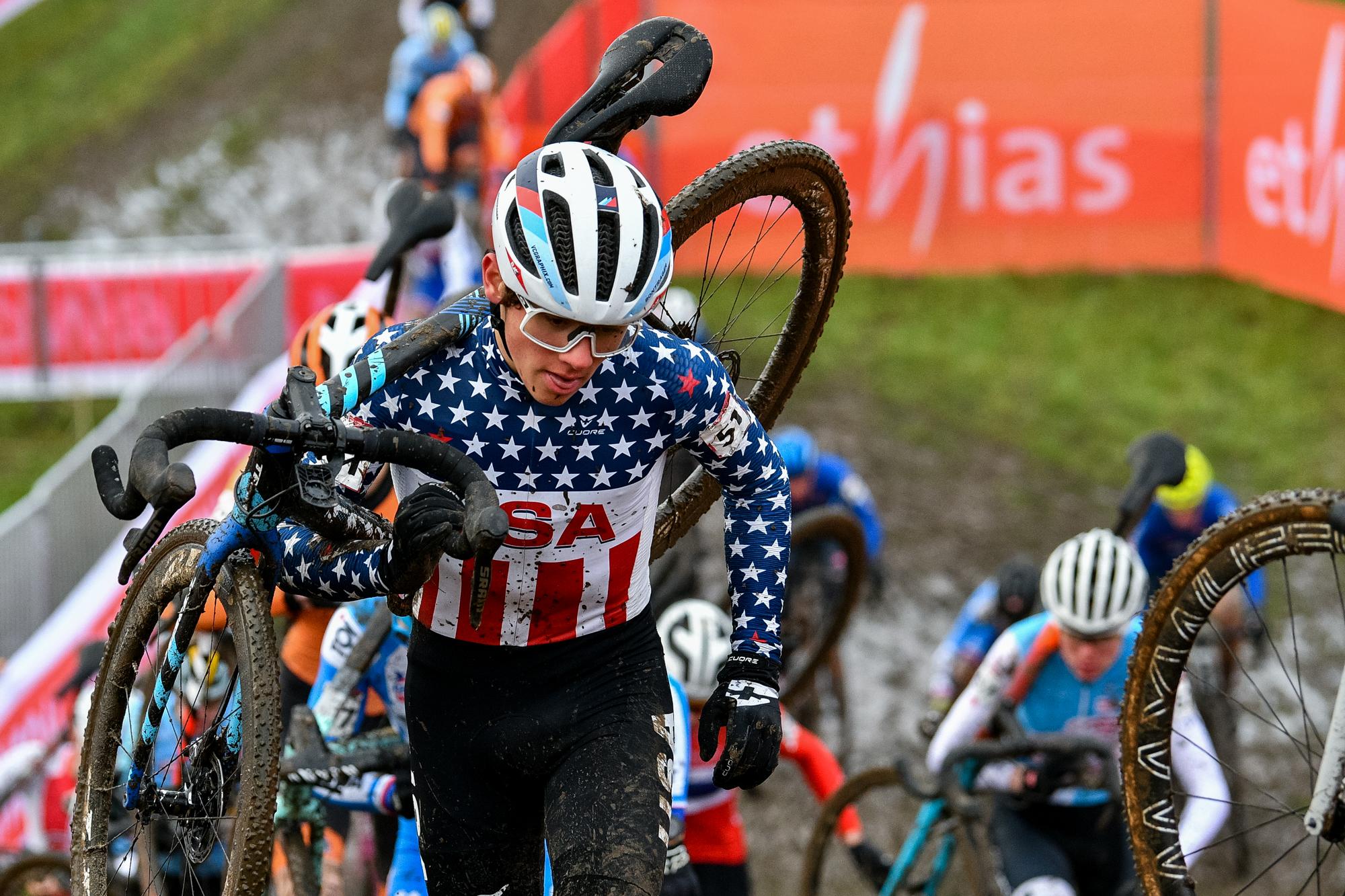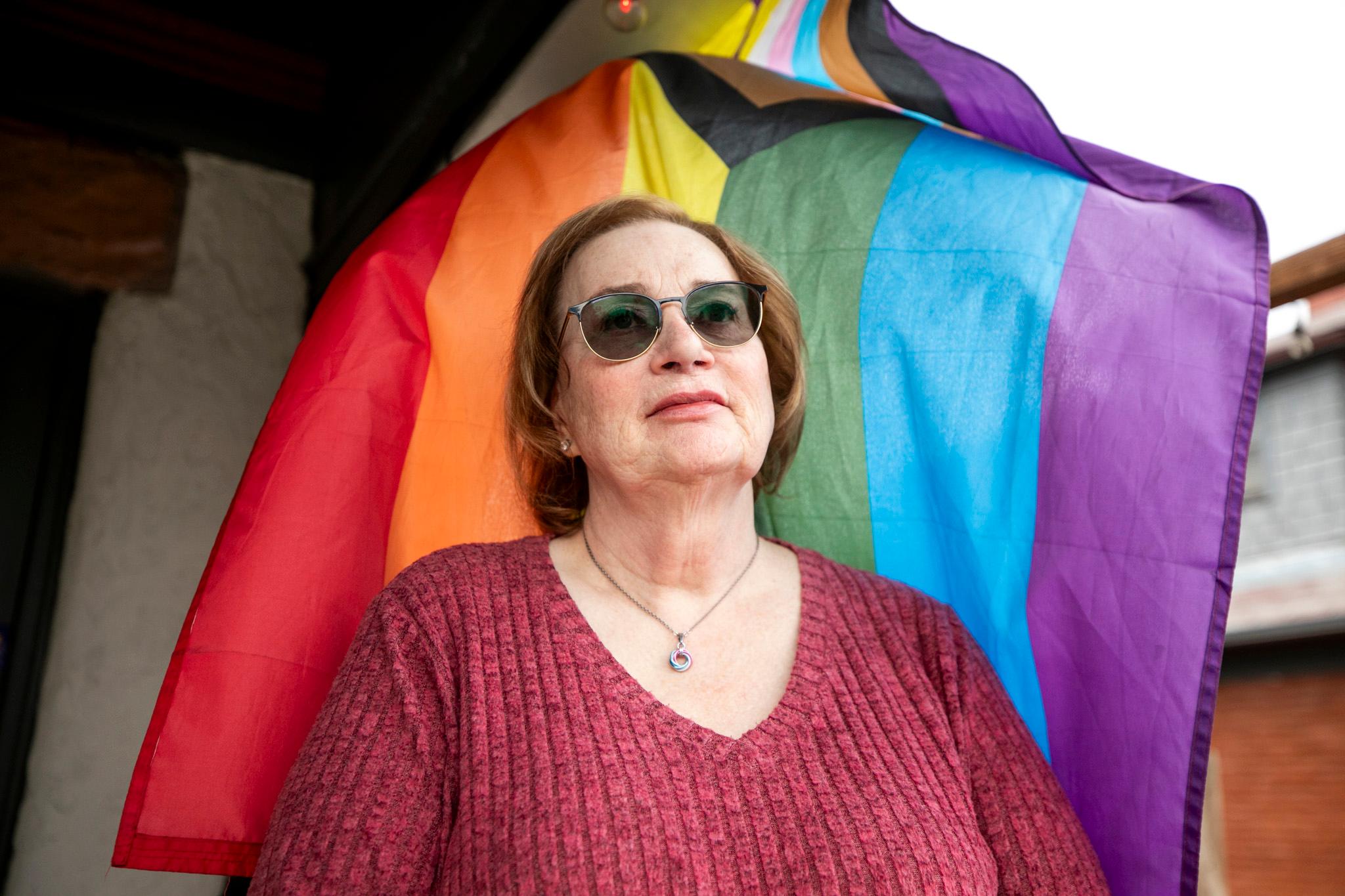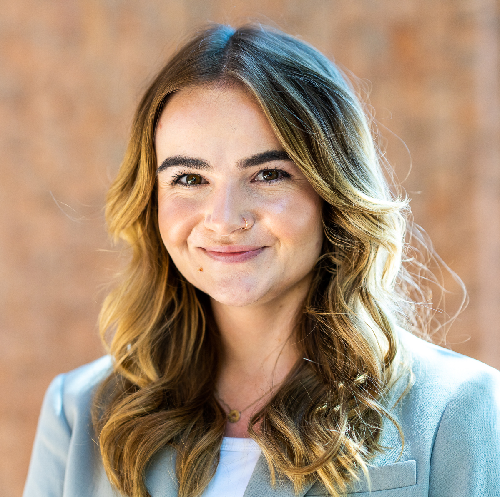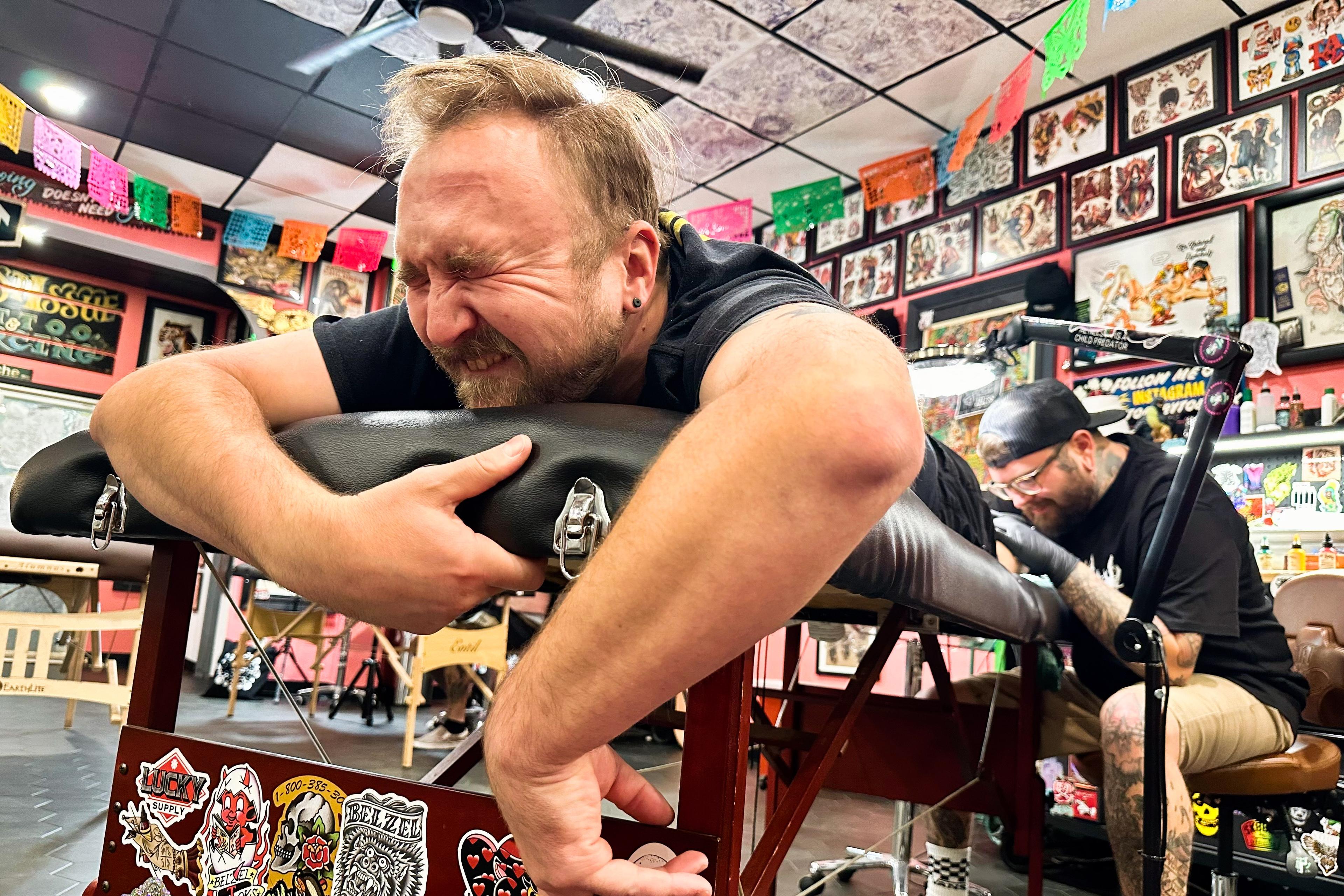
Some people call it the “Black Friday” of tattoos.
While Friday the 13th is typically considered unlucky, it’s a day of tradition and discounts at tattoo shops across Colorado and the country. On the first Friday the 13th of 2024 in September, a line of customers wrapped around the building at First Street Tattoo Parlor in Grand Junction.
When the first wave rushed in at noon, they were greeted by what’s basically a tattoo menu: sheets printed with hundreds of small and simple, pre-made and skin-ready sketches.
Evan Linko was among the first to peruse the day’s offerings, from a smiling candy corn to a turnip to a raccoon in a tattered clown outfit.
“I love having to ponder about it,” he said.
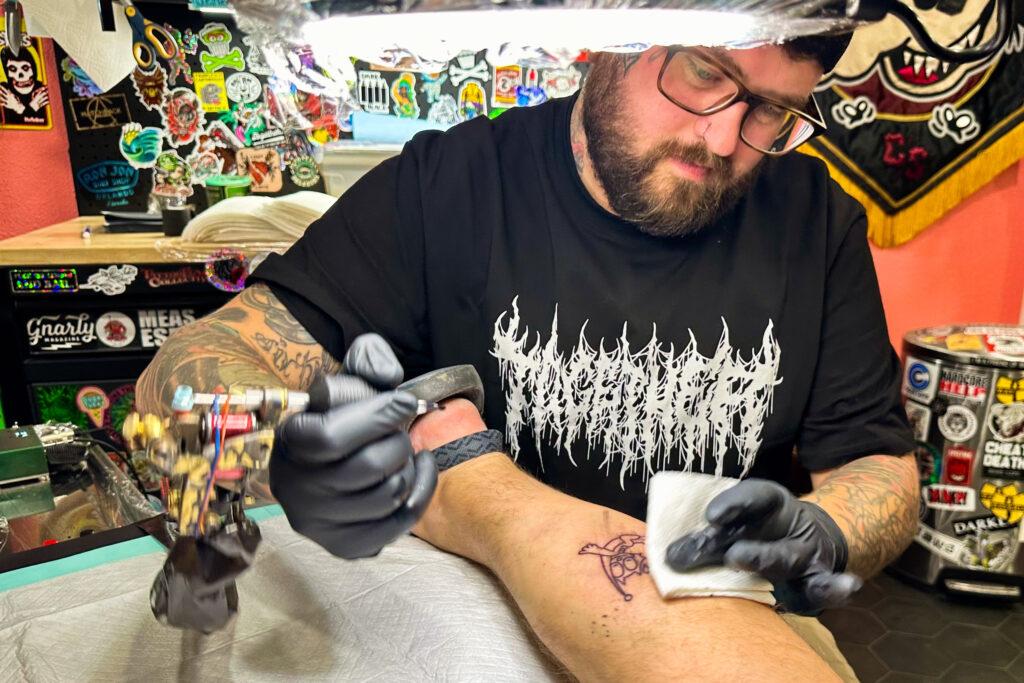
Linko had no idea what design he wanted before he arrived, but he was confident he’d know it when he saw it.
It only took Linko a few minutes to find it: A rendering of Felix the Cat sleeping in a hammock. Linko’s a fan of the black-and-white cartoon kitty, but that’s not the same as wearing an image of the character on his calf forever.
Linko was calm as he lay facedown on a padded table. The tattoo machine started to buzz and the needle began to drag across his skin. Linko braced, exhaled and winced.
People made these snap — and theoretically permanent — decisions in tattoo studios across Grand Junction that day. While tattoos often hold deep personal significance, on Friday the 13th, sometimes they just don’t.
Sketch and skin
Sami Kellogg, waiting outside Everlasting Expressions Tattoo, showed off a little scrap of paper with her design choice: a bat in sunglasses smoking a cigarette.
And what does the little guy mean to her?
“It means getting a tattoo on Friday the 13th,” she said, with a chuckle.
For tattoo artist Aaron LeGore, giving a customer a fast tat means connecting with the long history of pre-designed tattoos.
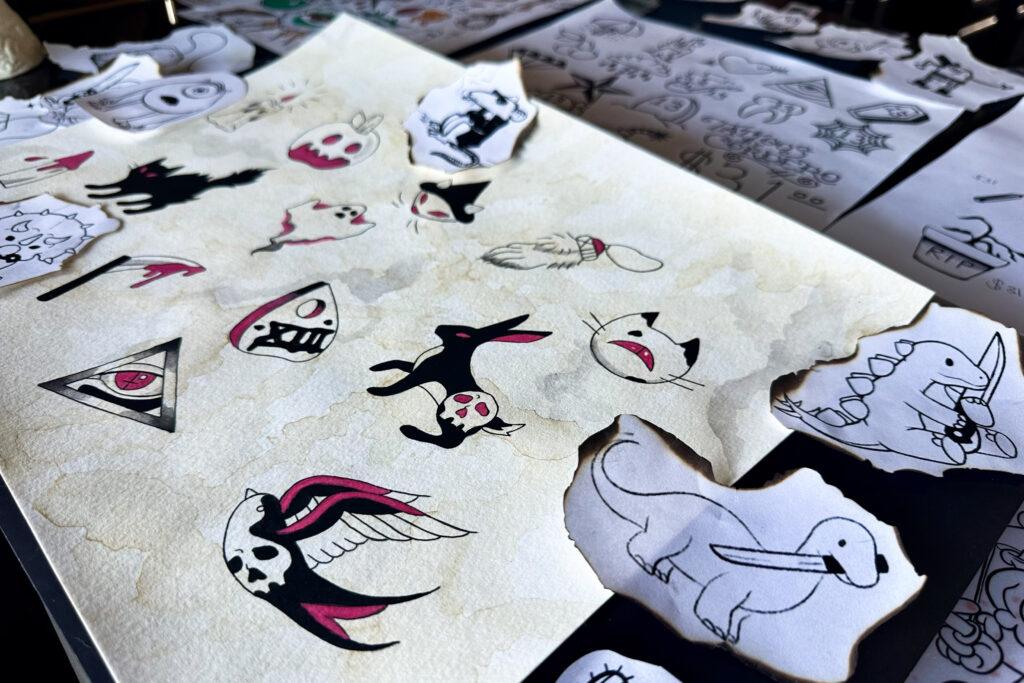
They’re called “flash,” basically “because they can be done in a flash,” he said. Many of the images evolved from designs that tattoo artists have passed down for generations.
LeGore, who owns Calamity Jane Tattoo & Piercing, has a deep affinity for American traditional designs. He specializes in the style, which is a popular choice for artists at shops offering up Friday the 13th tattoos. Think thick black lines and bright colors, the kind of images you might see on a cartoon sailor.
LeGore thinks the tattoo holiday makes getting inked more accessible and less intimidating for the public. But he doesn’t really know how this whole Friday the 13th tattoo tradition got started.
“I'd be really curious if somebody could,” he said.
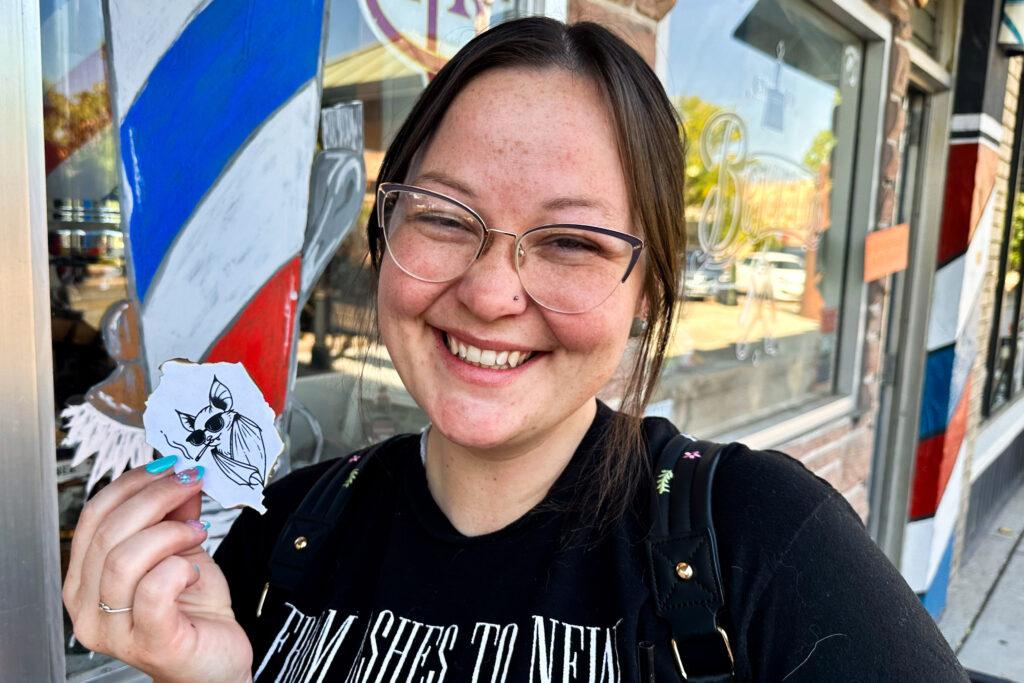
From folklore to Felix the Cat
According to researcher and author David Lane, the Friday the 13th tattoo holiday’s origins might be forever murky.
“It’s one of these that's probably more like a folklore history than one that we can actually track down,” said the very tattooed assistant professor of criminal science at Illinois State University.
Lane, an assistant professor of criminal justice sciences at Illinois State University, wrote a book on tattoo history: "The Other End of the Needle: Continuity and Change among Tattoo Workers." He said the tattoo holiday might have started in Philadelphia in the mid-2000s, but other accounts put the origin in Dallas or another city.
Despite the mysterious genesis, Lane sees the tradition as bringing people together.
“Isn't that the community that we keep complaining is disappearing?” he said. “People showing up to physical spaces and spending money and being around their neighbors?”
Back at First Street Tattoo Parlor, the needle was almost finished and Evan Linko was about to meet his newest tattoo.
“Oh, I need a second there. That’s pretty brutal,” he said, straining.
But to him, it’s worth it, like every tattoo Linko’s gotten since he was 18, more than a decade ago. From the sign-language tribute to his late mom and the word “nothing” added to his skin during a nihilist phase, the images are a collective story of who he was — and is.
Felix the Cat is just the latest snapshot.
“Oh, it looks so cool,” Linko said, his voice still tinged with pain. “I love the Zzzs. I love that he’s snoring.”
The artist, shop owner Tobias Peltier, added a clear, plastic-like coating over the fresh image. It was the start of what would become a tattoo ultramarathon. It’s an endurance race Peltier only has to run twice in 2024 and once in 2025 — but there are three Friday the 13ths in 2026.
“Nobody's leaving without a tattoo!” he said with a smile. “Everybody in line is leaving with a tattoo.”
Peltier kept tattooing until nearly 4 a.m.


